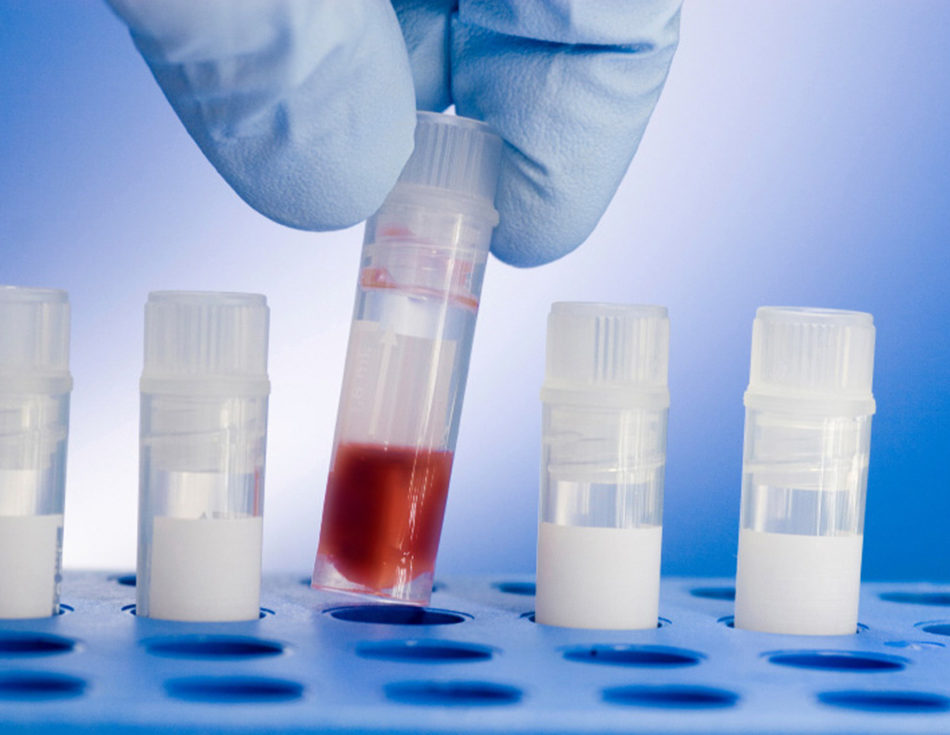Introduction
Cord blood and tissue banking!
There is a lot of buzz about this.
The umbilical cord of your baby is made of tissue, which protects and also insulates the veins that are responsible for carrying blood to and from mom and baby during the time of pregnancy.
Along with playing the role of protector, the umbilical cord tissue of your baby is also packed with different types of stem cells. It typically includes MSCs or Mesenchymal Stem Cells that are different from the HSCs, or Hematopoietic Stem Cells, which are found in abundance in cord blood.
This concept is a little new, so it is completely okay if you do not have any idea about it. If you are hesitating about whether to opt for cord blood and tissue banking or not, going through this article will help you.
So, let’s start with the basic knowledge of cord blood banking and then know their benefits.
What Is Cord Blood Banking?
Once your baby is born, the stem cells from the cord blood along with the tissue can be collected and also saved for potential future usage. This particular process is recognized as cord blood banking.
In case you are going for cord blood and tissue banking for your baby’s cord blood and cord tissue stem cells, you are required to ensure that you choose a cord blood bank that is accredited by the AABB or American Association of Blood Banks.
The Benefits Of Cord Blood Banking
Now, you know what cord blood banking is. Now it is time to know the benefits of cord blood banking so that you can make a firm decision on whether you should go for it or not.
#1 Easy To Collect
We are super happy to tell you that, when it comes to collecting cord blood, there is no risk or pain for both the baby and mother. Also, the collection process is easily conducted at the same time as the cutting of the umbilical cord.
On the other hand, bone marrow collection needs an invasive surgical procedure along with general anaesthesia that comes with its own inherent risks.
#2 Better Matching
When it comes to transplanting stem cells successfully, they have to be a match for the receiver. In some public databases, the matched stem cells can be found.
However, the chances of finding a suitable match are low, and also, several complications can come up with unrelated blood transfusions.
At the same time, genetically related stem cells, particularly from a blood-related family member, make a successful transplant more often.
In case a public match can’t be found, the patient has to rely on their own stem cells or from those who are their immediate family members. Also, only if that is available. Here, an individual’s own stem cells are always a perfect match for them.
Usually, siblings have a 25% chance of being a perfect match and the chance of being a particle match is 50%. It means, altogether, it offers siblings a 75% chance of being a possible match.
As every parent offers markers used in matching, parents usually have a 100% chance of being a particle match. That means the cord blood stem cells of a child can also be used to help its father or mother.
It is typically up to the doctor in order to determine how close exactly the match needs to be for performing a transplant.
#3 Less Risks Of Post-Transplant Complications
Along with being welcomed entirely by the body in a better way, cord blood stem cells also have majorly reduced the entire risks of post-transplant GVHD or graft-versus-host disease.
Basically, it is the condition when the transplanted cells attack the body. This one is a significant complication of stem cell transplant. As per the National Institute of health, the relationship between the receiver and the donor and the risk of GVHD after a stem cell transplant depends.
- Unrelated: The change in GVHD is around 60% to 80%.
- Blood-related family members: The chance of GVHD is around 35% to 45%.
- Identical twins: The chance of GVHD is very low.
The better acceptance of the body is because the cord blood stem cells have very rarely been polluted with latent viruses. When the stem cells are collected from other sources, the same is not at all true.
Only for this particular reason, the cord blood stem cells have been usually dubbed “privilege” as they have not been exposed to any type of disease.
